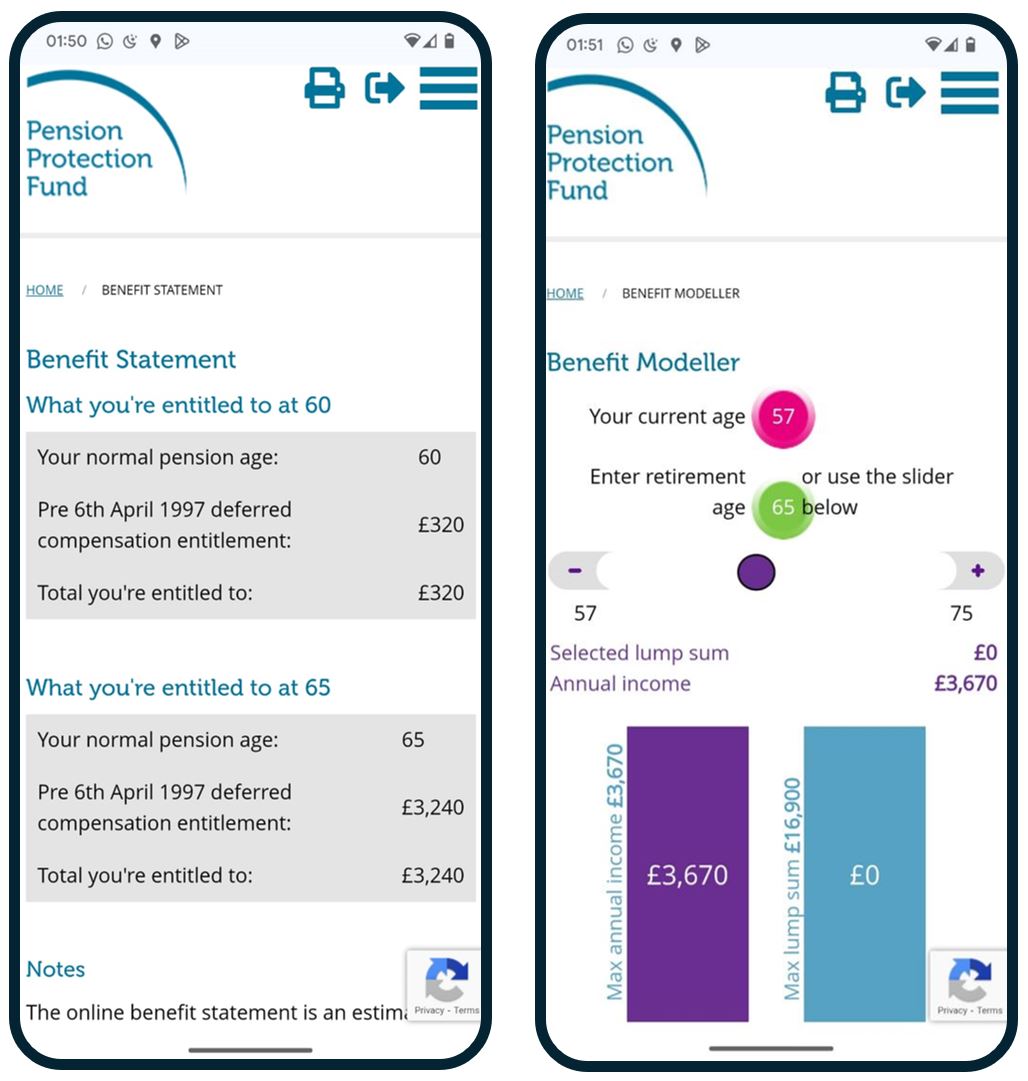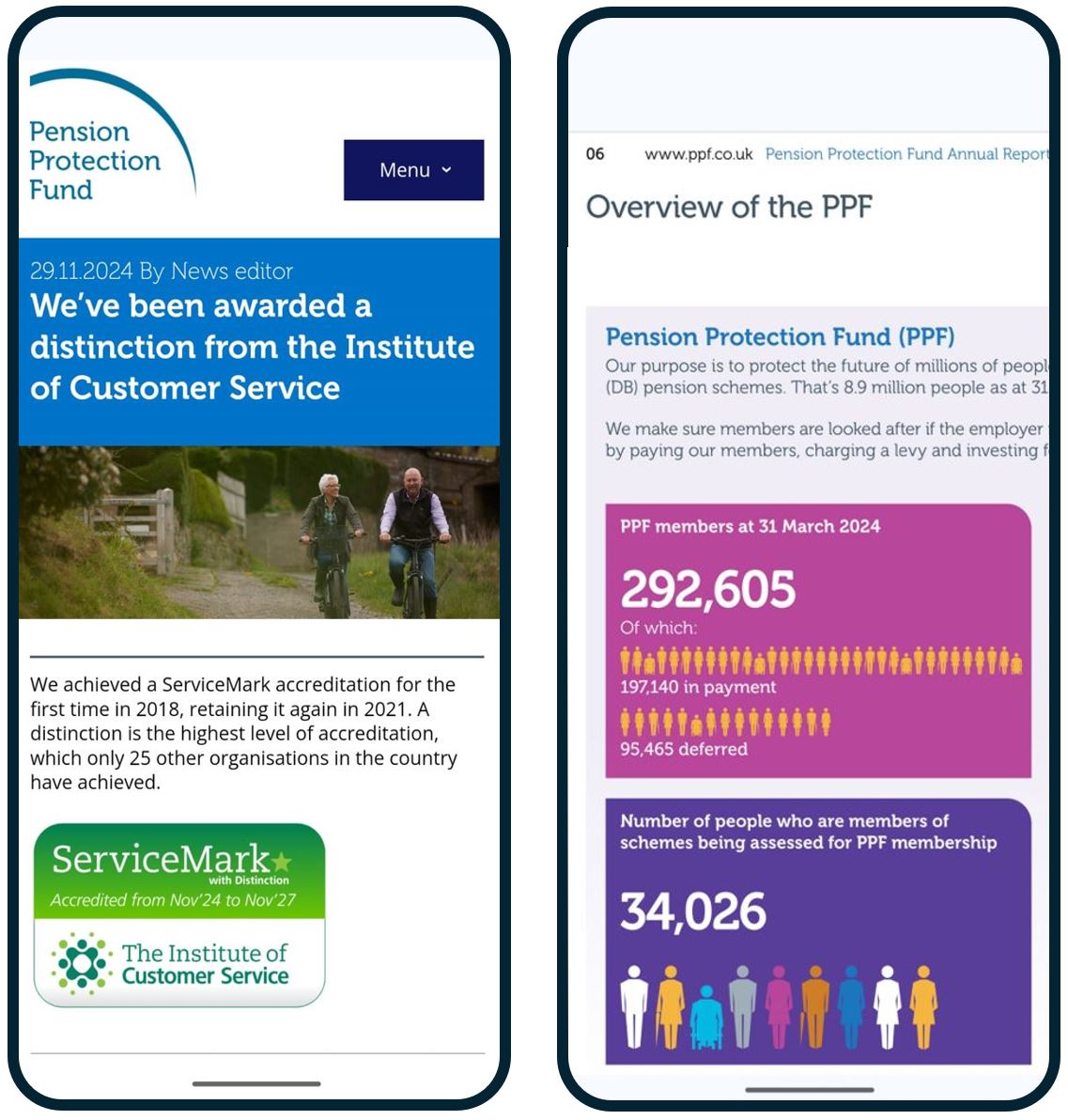With just three months to go until live data connections to the dashboards ecosystem, there’s a hiccup in Richard Smith’s quest to see his total estimated retirement income on a dashboard.
In this, the month of love, I love that you’re still exploring my pension story with me. We’re looking back through all my old pensions and seeing how they’ll be shown on dashboards, as a way of illustrating both how schemes are preparing and some of the complexities consumers will encounter.
But it’s only my story, about my unique combination of pensions, generated by my random life and career.
(Thank you, by the way, for all the lovely feedback on last month’s Episode – it’s appreciated.)
You have your unique pension story too. In fact, there are approximately 42 million unique pension stories across the entire UK workforce. Around 15 million of these are very short stories, with only the State Pension in them.
But if you’re one of the 27 million people (see Table 6.8 from this Office for National Statistics data update) who has one or more workplace or personal pensions not yet in payment, then you’ll be able to have the same emotional trip I’ve had, tracing back through your working life, as you scroll down your different pensions on a dashboard.
Pensions are about the whole of your life, and dashboards bring that fact starkly to life – as you’ll see.
This series of articles about my pension story is about is finally being able to see, in Episode #9, what my total estimated retirement income might be, across all nine of my pensions.
Having covered my four defined contribution (DC) and three defined benefit (DB) pensions in the previous Episodes, we’re now back at the very start of my career in the 1980s. But unfortunately, here I’ve hit a glitch in my quest to be able to see my total estimated retirement income on a dashboard.
Pension 8: Heath Lambert Group Pension Scheme
I joined the CE Heath Group in Reading in 1987 when I was 20, customising the Unipension pensions administration system for large in-house client schemes.
I was an active member of the company DB scheme (the Heath Lambert Group Pension Scheme) until I left in the summer of 1990.
Eagle-eyed readers will have spotted that my active service spanned the infamous Barber versus Guardian Royal Exchange judgement date of 17 May 1990. This has resulted in my deferred DB pension having two separate “tranches”: one tranche with a normal retirement age of 65, the other with an age of 60.
It would be great to be able to show you a screenshot of those two tranches of my Heath Lambert deferred DB pension, but unfortunately that’s not possible, because the scheme has gone.
Saved from insolvency
In 2005, 15 years after I ceased being an active member, the scheme entered the Pension Protection Fund’s (PPF) assessment period.
At that time, the employer was saved from insolvency in exchange for the PPF taking a stake in the business, with the scheme being fully transferred into the PPF in 2010.
You can see these dates on the PPF’s “Pension schemes we look after” page: at the time of writing, the Heath Lambert scheme is listed on page 44 of 114 – that’s a lot of schemes for PPF to look after!
The PPF ‘inherited’ the two tranches of my deferred DB pension – you can see these on the lefthand screen. I have £320 a year payable from age 60, and an additional £3,240 a year payable from age 65. Like the Prudential Staff Pension Scheme website in Episode #6, notice how the screen doesn’t say these figures are “a year”.

The PPF has a super user-friendly online modelling tool – see the right-hand screenshot. This example shows that, if I wait until I’m 65 to take both my PPF compensation tranches, they’ll total £3,670 a year.
Not included on dashboards
So that’s £3,670 a year from age 65 which I’m looking forward to seeing as part of my total estimated retirement income on a dashboard. But, sadly, it won’t be there.
I contacted the PPF’s press office and a spokesperson said: “Making PPF (and FAS) compensation data available to dashboards requires legislative change.”
(The FAS is the Financial Assistance Scheme, which the PPF also administers.)
This is because the PPF is not an occupational scheme, so it’s not caught by the dashboards duties applying to all trust-based and public service schemes, and pension providers under parallel Financial Conduct Authority rules.
This is annoying. I was hoping dashboards would be comprehensive, but for me they won’t be. It’s maybe not that material for me, but suppose most of my overall retirement income was in the PPF?
I imagine this must be really galling for the PPF leadership because, in everything else they do, they’re highly focused on PPF members and the quality of end-to-end customer service members receive.
At the end of last year, as you can see from the left-hand screenshot below, the PPF was awarded the Institute of Customer Service highest level of ServiceMark accreditation – held by only 25 other UK organisations.

Collaborative resolution
Because it is so focused on members, the PPF wants to resolve its absence from dashboards.
“We strongly support the ambition underlying pensions dashboards, to enable people to engage better with their pension savings,” the spokesperson told me.
“It’s our ambition to make PPF and FAS compensation data available to our members on dashboards as soon as possible and we’re continuing to engage with the Department of Work and Pensions [DWP] on this.”
“It’s our ambition to make PPF compensation data available to our members on dashboards as soon as possible and we’re continuing to engage with the DWP on this.”
PPF spokesperson
Currently, there are just under 100,000 deferred PPF members who won’t see their PPF figures on dashboards – see the right-hand screenshot above taken from the PPF’s annual report as at 31 March 2024.
This situation must be doubly galling for the Money and Pensions Service (MaPS) chief executive Oliver Morley, who is responsible for delivering dashboards, because he was previously chief executive of the PPF.
While Oliver and his colleagues at MaPS and the Pensions Dashboards Programme – as well as his former colleagues at the PPF and officials at the DWP and in parliament – are collaborating to sort this out, is there an interim solution I can adopt?
Use a commercial dashboard
Many commercial apps already allow you to manually input pension amounts, so I’ll probably use the commercial pensions dashboard offered by an app provider, export my found pension data into that app, and then manually input my £3,670 a year PPF compensation to give me a total estimated retirement income.
This is just one of many advantages for consumers that commercial dashboards will have over the MoneyHelper dashboard from MaPS.
The government definitely wants to pursue dashboards, with Chris Curry confirming in his final blog of 2024 that, in 2025, “work will get underway with industry to explore the opportunities and challenges of preparing for commercial dashboards”.
This is great news for the firms in the Dashboard Operators Coalition that all intend to offer their customers a dashboard, a group that now also includes Aegon, bringing the membership to 15.
Two Episodes to go
We’re very nearly at the end of my pension story. In March, Episode #8 of 9 will cover my ninth and final pension, my State Pension.
Then, in the series finale, in April, Episode #9 of 9 will finally reveal to us what my total estimated retirement income might be, giving me a sense of the level of comfort in retirement that I’m currently headed for.
I’m ridiculously excited about this. And I can promise you that you, and more than 20 million others, will be excited too when it comes to your own total retirement income once you’re able to see it on whichever dashboard you choose to use.
See you next month for the penultimate Episode!
Richard Smith is an independent pensions dashboards consultant.
Dashboards Nine-Nine: How Nest is preparing for connection day
- 1
- 2
- 3
- 4
- 5
- 6
- 7
 Currently reading
Currently readingHow PPF benefits will – or won’t – appear on pension dashboards
- 8
- 9


























